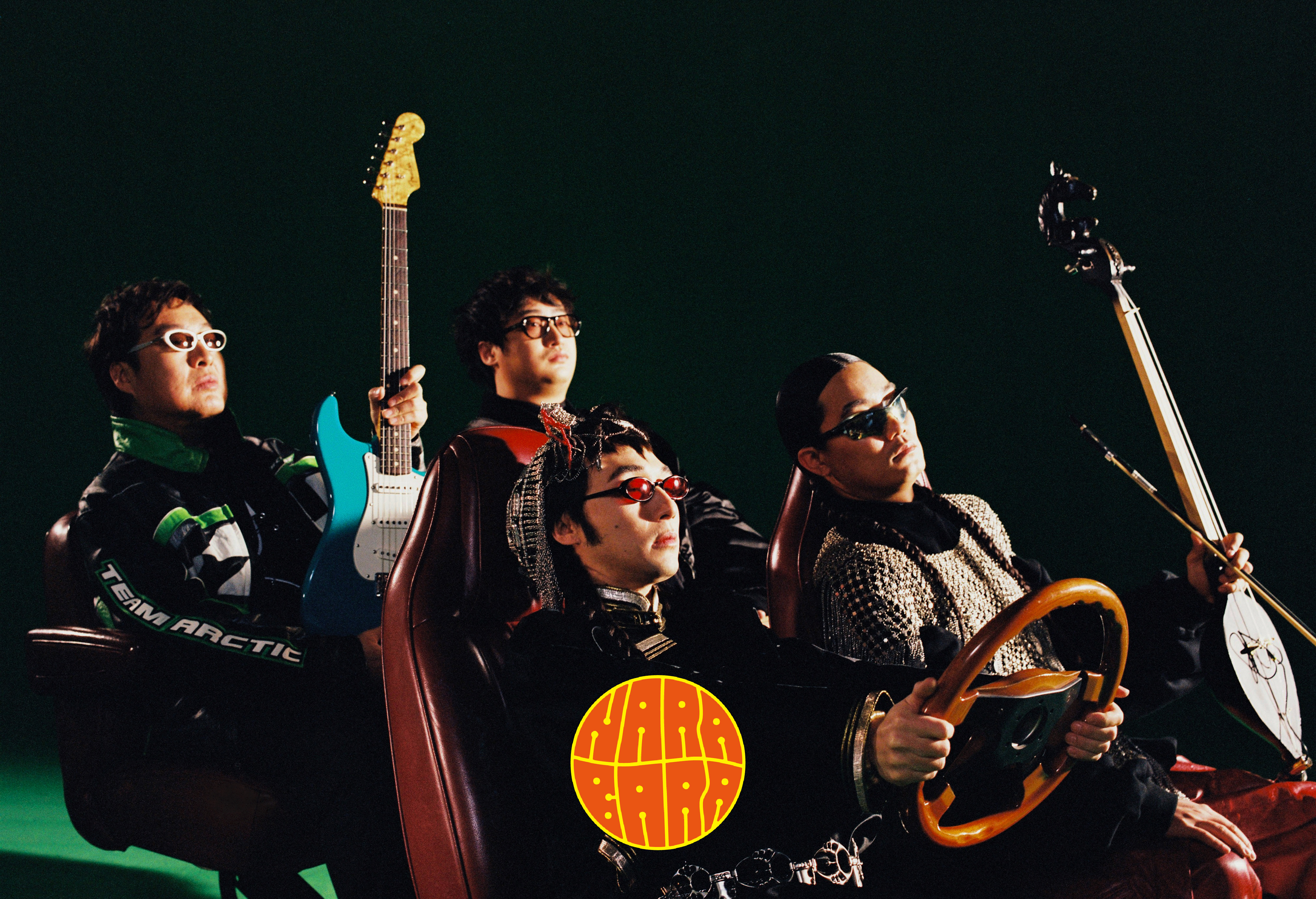Composition by Yider
Produced by Yider
Lyrics by Yider (all tracks), Erdenbayar (track 7), Sound Magician (track 8)
Arranged by Yider (all tracks), Asr (track 4), Suoty (track 4), Han Han (track 7)
Original Melody: Mongolian Long Tune (track 4)
Vocals: Yider
Morin khuur: Yider (tracks 1, 2, & 7)
Guembri: Yider (tracks 1 & 2)
Tsuur: Yider (track 10)
Electric Guitar: Erdenbayar (track 2), Suoty (track 4)
Acoustic Guitar: Suoty (track 4)
Keyboards: Asr (all tracks), Han Han (track 7)
Synthesizers: Asr (track 3)
Percussion: Yider
Bass and Double Bass: ErDàn
Drums: Zhitong Xu
Featured Vocals: AOriqileng (track 4), Sound Magician (track 8)
Backing Vocals: AOriqileng, Banarisu, Sound Magician, Asr, Yider
Vocal Recording Studio (Tuning): B•X•T Music Studio
Vocal Recording Engineer: Xiaochen Xu
Instruments Recording Studio: Changsha Shengtai Music GROOVE ROOM
Studio Engineer: Jingxuan Shawn (track 1), Yongsheng Qiu (all other tracks)
Recording Assistant: Shengwen Sun
Instruments Recording Engineer: Hsiangchu Yu
Mixing Engineer: Yiding
Mastering Studio: Metropolis Studio (UK)
Mastering Engineer: John Davis(UK)
CAT #: NCR003
Record Label: Nomad City Records
Producer: Yider
Copywriter&Planner: JahJahWang
Designer: Tengis
Illustrator: Dai
Artist Agents: Zhibei Tang and Leilei
Label Advisor: Lanlan Wu
International Marketing Management: Curtis Brown, Ke Qin, Jing Xu, and Weston Shuken




